Have you ever wanted to play music but didn’t know where to start? Some instruments are easier to learn than others. Many people start with the Piano because it is simple to play at first. But there are also other great beginner instruments!
Why is Piano a Good Starter Instrument?
The piano is one of the easiest instruments to start with. When you press a key, it makes a sound right away. You don’t have to learn tricky finger positions like on a guitar or use your breath like on a flute.
The piano also helps you understand music. The keys go from low to high in a straight line, making it easy to see how notes work together. Many musicians start with piano before learning other instruments because it teaches them important music skills.
Even though the piano is easy to start, it takes practice to get really good!
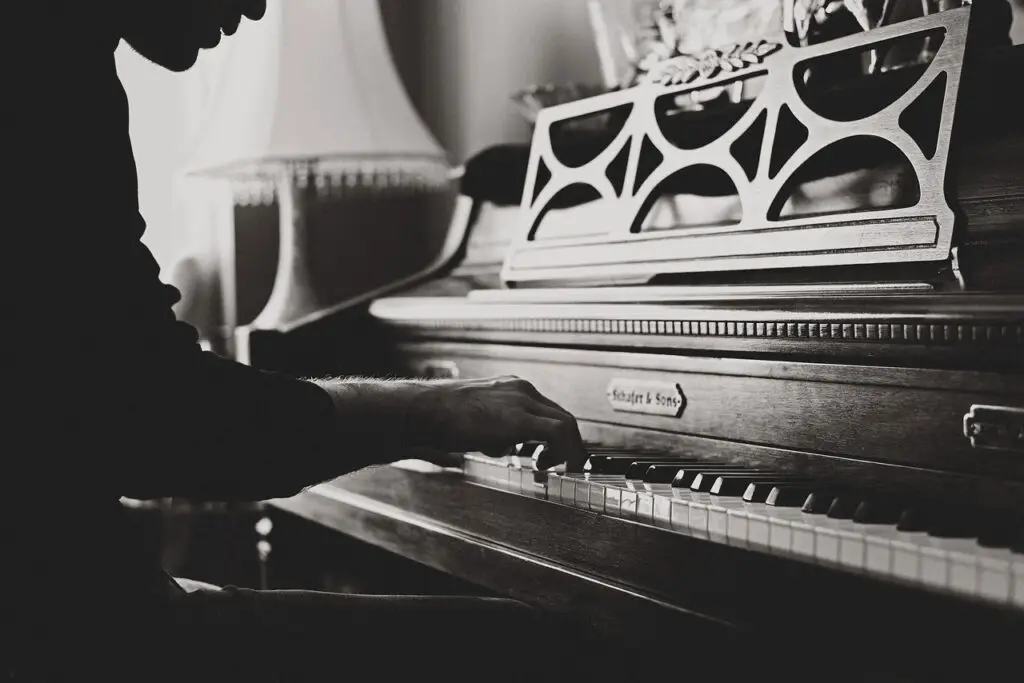
Other Easy Instruments to Try
If the piano isn’t for you, here are some other instruments that are fun and easy to learn:
1. Ukulele
The ukulele is a small, lightweight instrument that looks like a tiny guitar. It has only four strings, which makes it much easier to learn than a regular guitar, which has six strings. The strings are made of soft nylon, so they don’t hurt your fingers as much as metal guitar strings.
One of the best things about the ukulele is that you can learn simple chords very quickly. Many songs only use three or four chords, so you can start playing real music in just a few days!
Ukuleles come in different sizes, but the soprano ukulele is the most common for beginners. It has a bright, happy sound that makes it fun to play. You can strum the strings with your fingers or a soft pick to make different rhythms.
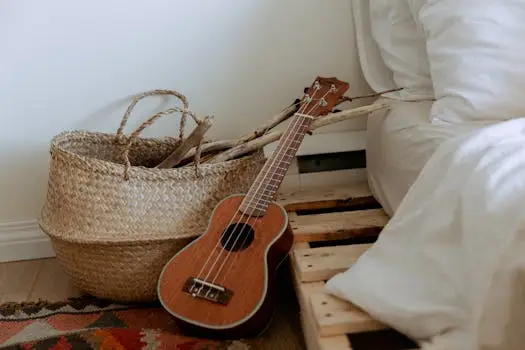
2. Recorder
The recorder is one of the easiest wind instruments to learn. It is a small, lightweight instrument made of wood or plastic, and it has a long, tube-like shape. The recorder has finger holes along its body, which you cover with your fingers to play different notes.
One of the best things about the recorder is that it makes a sound easily—you just blow gently into the mouthpiece while covering the right holes. Unlike other wind instruments like the flute or trumpet, you don’t have to learn a tricky way to blow air. This makes the recorder a great choice for kids and beginners.
Many schools teach the recorder because it helps students learn important music skills like reading notes, keeping rhythm, and controlling their breath. It’s also a great way to prepare for other wind instruments, such as the flute, clarinet, or saxophone.

3. Keyboard
A keyboard is a great alternative to a traditional piano, especially for beginners. It looks and sounds like a piano, but it is smaller, lighter, and more affordable. Many keyboards also have special features that can make learning easier and more fun!
A full-sized piano can be large, heavy, and expensive. A keyboard, on the other hand, is:
✅ Portable – You can move it easily and even take it with you.
✅ Affordable – Keyboards are usually much cheaper than real pianos.
✅ Adjustable Volume – You can play quietly or use headphones so you don’t disturb others.
✅ Extra Features – Many keyboards come with built-in sounds, drum beats, and even lessons!
Many beginner keyboards have features that make learning easy. Some have light-up keys that show you which notes to play in a song. Others have built-in lessons that teach you step by step. Some even connect to apps that can help you learn at your own pace!
Keyboards also have a variety of sounds. You can make it sound like a grand piano, an organ, or even a violin or drum set! This makes playing music more fun and creative.

4. Harmonica
The harmonica is one of the smallest and easiest instruments to learn. It’s a pocket-sized instrument that produces sound when you blow or draw air through it. Unlike many other instruments, you don’t need to worry about pressing buttons or learning complicated finger placements—just breathing in and out creates music!
Why is the Harmonica a Great Beginner Instrument?
✅ Easy to Play – You don’t need to learn complicated notes to start making music.
✅ Portable – It fits in your pocket, so you can take it anywhere!
✅ Versatile – It’s used in blues, folk, country, rock, and even jazz music.
✅ Affordable – A beginner harmonica is usually very cheap compared to other instruments.
A harmonica has small metal reeds inside that vibrate when air passes through them.
- Blowing out (exhaling) makes one set of notes.
- Drawing in (inhaling) makes a different set of notes.
This makes it easy to play simple songs without needing to move your fingers much. Some harmonicas are diatonic, meaning they are designed for one specific musical key (like C major), while others are chromatic, allowing you to play in any key by using a button to switch notes.
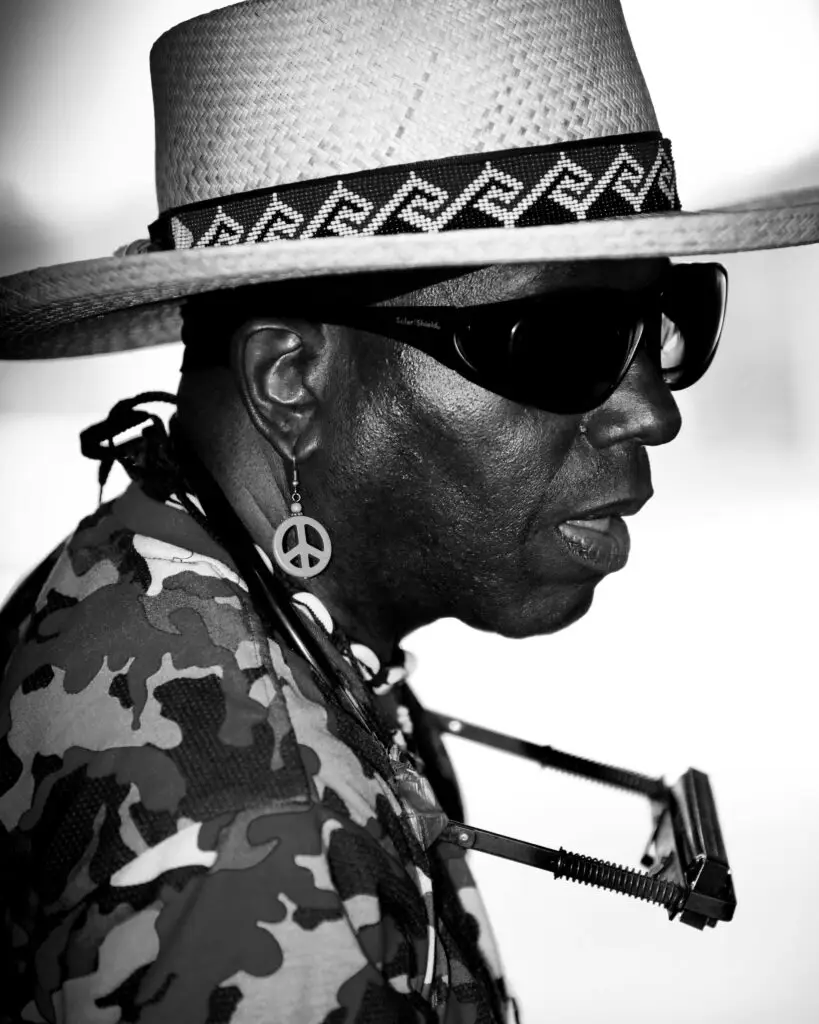
5. Drums or Bongos
If you love rhythm and tapping along to music, drums or bongos might be the perfect instrument for you! Unlike instruments like the piano or guitar, drums don’t require you to learn musical notes. Instead, you focus on keeping a steady beat and playing different rhythms.
Why Are Drums and Bongos Great for Beginners?
✅ Easy to start – You don’t need to read sheet music to play.
✅ Great for coordination – Playing drums helps improve hand-eye coordination.
✅ Fun and energetic – Drumming lets you move and express yourself through rhythm.
✅ No need for melody – If learning notes feels hard, drums let you focus on beats instead.
What’s the Difference Between Drums and Bongos?
- Drums are part of a drum set, which includes different drums and cymbals. They are great for playing rock, jazz, pop, and many other styles.
- Bongos are small drums you play with your hands. They come in pairs and are often used in Latin, African, and Caribbean music.
How to Start Playing Drums
If you want to play a drum set, start by practicing these basic beats:
🥁 The basic rock beat – Hit the bass drum (big drum on the floor) on beats 1 and 3, and the snare drum (the middle drum) on beats 2 and 4 while keeping a steady rhythm on the hi-hat cymbals.
🥁 Clap along to songs – Find the beat of a song and try clapping or tapping along.
How to Start Playing Bongos
If you prefer bongos, try these steps:
🎵 Use your fingers and palms – Tap with your fingers for light sounds and your palm for deeper tones.
🎵 Try different rhythms – Start with a simple “ta-ta-boom-boom” pattern and speed up as you get comfortable.
🎵 Listen to Latin or world music – Bongos are often used in salsa and Afro-Cuban music!
Should You Choose Drums or Bongos?
- If you want to rock out and play along with a band, drums are a great choice.
- If you want something small and easy to carry, bongos are perfect.
No matter which you choose, playing drums or bongos is a fun way to learn music. All you need is a good sense of rhythm and the desire to have fun making beats!
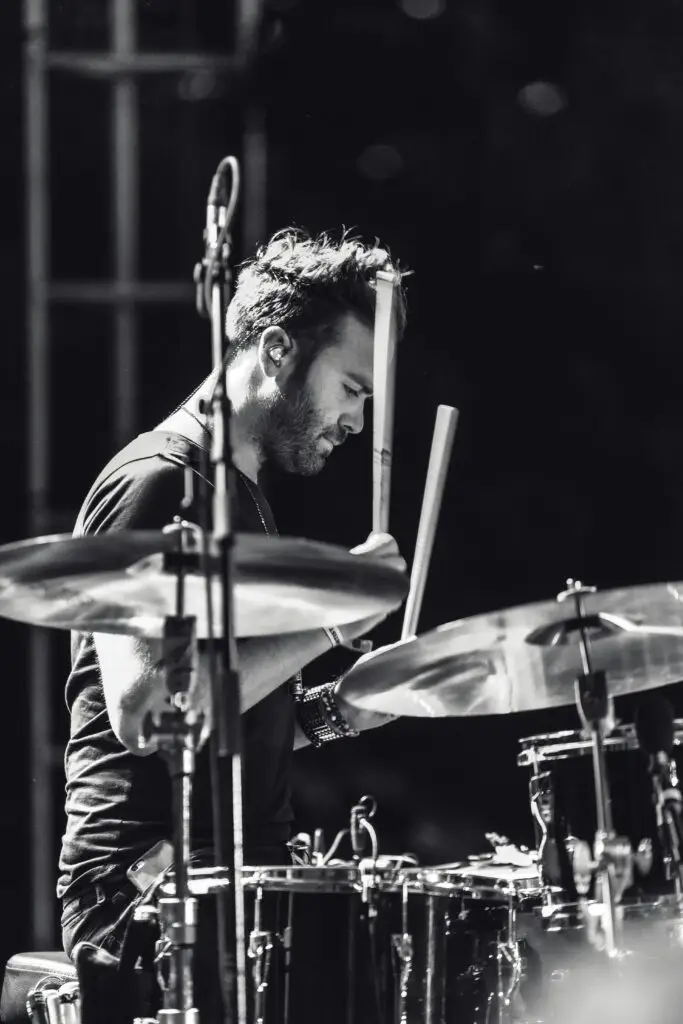
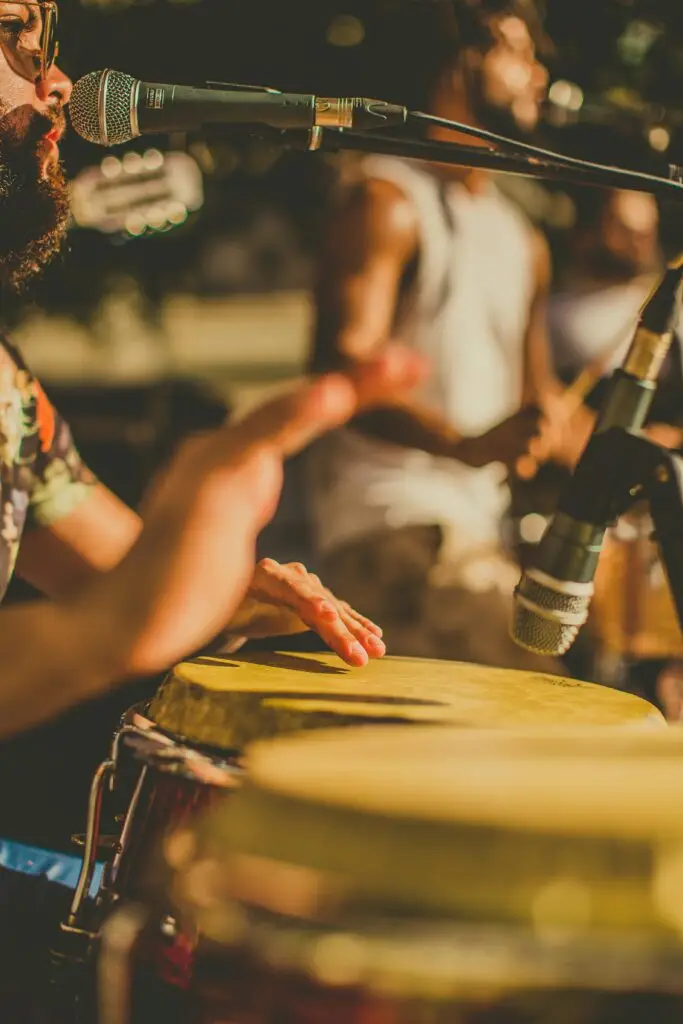
6. Xylophone
The xylophone is a fantastic beginner instrument, especially for young learners. It has a series of metal or wooden bars, each producing a different musical note when struck with mallets (small sticks with rubber or wooden tips). The xylophone is a great way to learn music because it has a straightforward layout, similar to a piano, but is even easier to play.
Why is the Xylophone a Good Beginner Instrument?
✅ Easy to play – You simply hit the bars to produce a clear, pleasant sound.
✅ Helps with hand-eye coordination – It improves motor skills and rhythm.
✅ Great for learning musical notes – The bars are often color-coded, making it easy to recognize different notes.
✅ Fun and engaging – The bright sounds and simple technique make it enjoyable for kids and adults.
How Does the Xylophone Work?
Each bar of the xylophone is a different length, which creates different pitches. Longer bars produce lower sounds, while shorter bars create higher-pitched tones. The instrument is usually set up like a piano, with notes arranged in a row from low to high. Some xylophones even have raised bars for sharps and flats, just like black keys on a piano.
Types of Xylophones
- Toy xylophones – Small, colorful, and made for kids to have fun learning simple tunes.
- Educational xylophones – These are designed for music students and often have labeled notes to help with learning.
- Professional xylophones – Made with high-quality wooden bars and used in orchestras and bands.
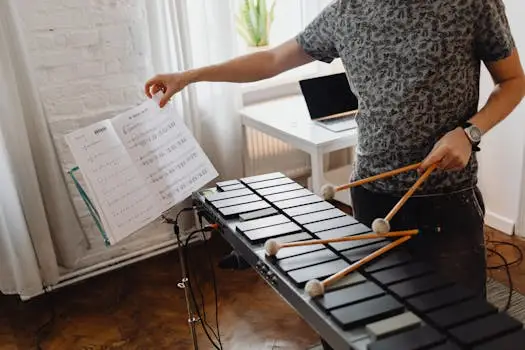
Which One Should You Pick?
The best instrument is the one that makes you excited to play! If you want to learn about music notes, piano or xylophone are great. If you love rhythm, try bongos. If you want something small and easy, ukulele or harmonica might be perfect.
No matter which one you choose, learning music is fun! Which instrument do you want to try first?
More Posts
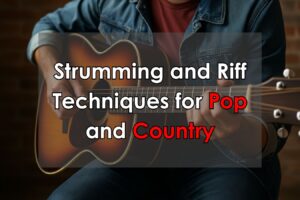
Rhythm Guitar Mastery: Strumming and Riff Techniques for Pop and Country
You know that feeling when a song just clicks — when the beat feels like it’s syncing with your heartbeat, and the chords seem to
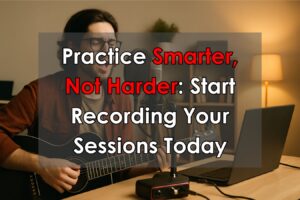
Home Recording on a Budget: Recording Your Practice Sessions
You’ve been working hard on your music—nailing that tricky chord change, perfecting your drum fills, polishing your vocals. But how do you really know if
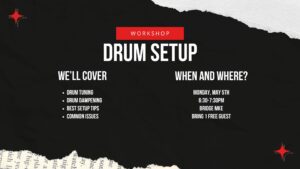
Drum Setup Workshop
Drum Setup Workshop We are announcing our next upcoming workshop! Many drummers struggle with tuning and best setup practices. With so many variables and no